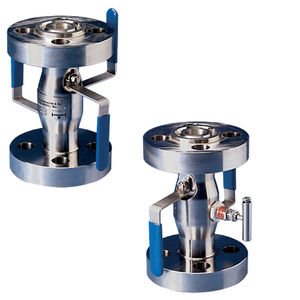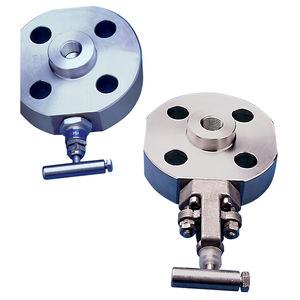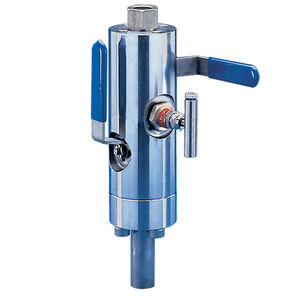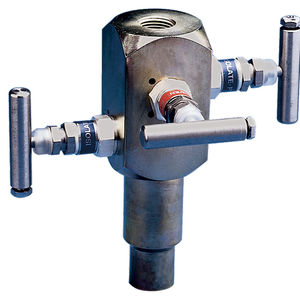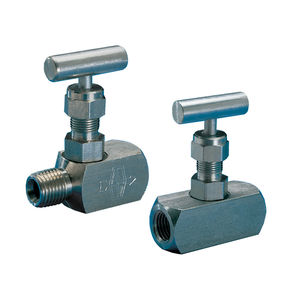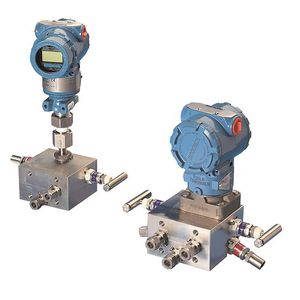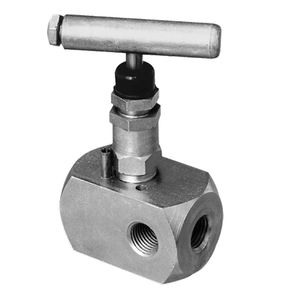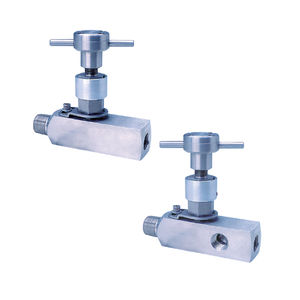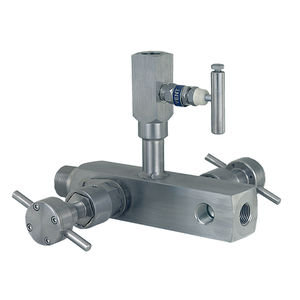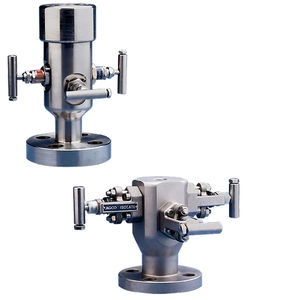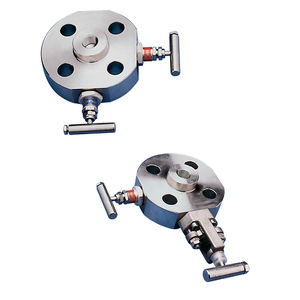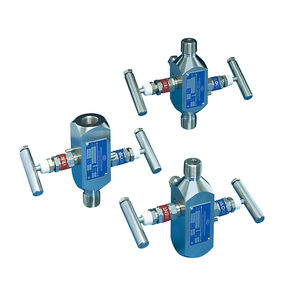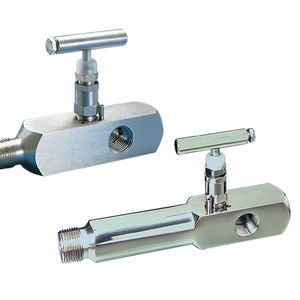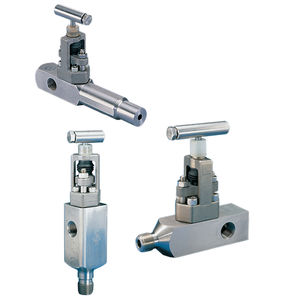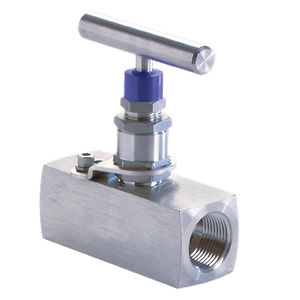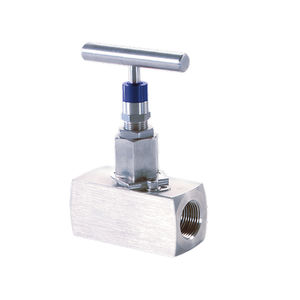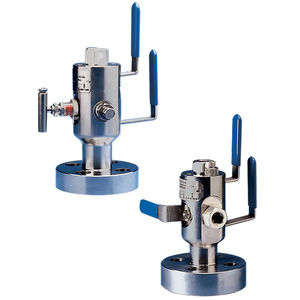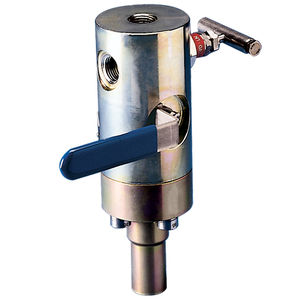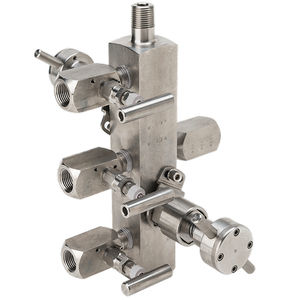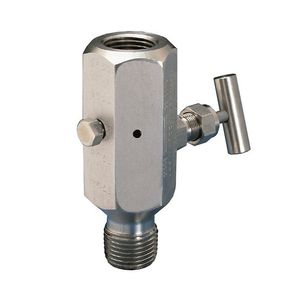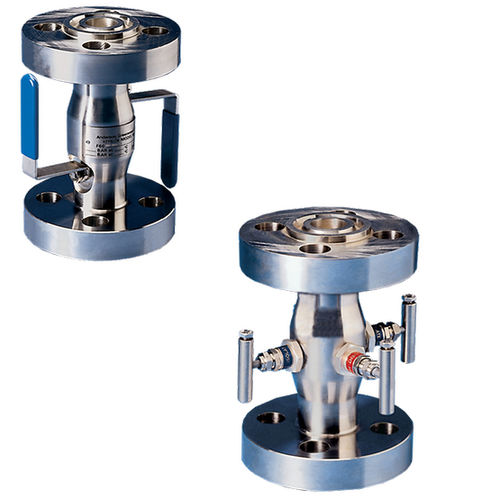
- Hydraulics - Pneumatics
- Valve
- Needle valve
- Emerson Automation Solutions - TESCOM

- Company
- Products
- Catalogs
- News & Trends
- Exhibitions
Instrumentation valve TESCOM™ F73Kneedlemanualisolation
Add to favorites
Compare this product
Characteristics
- Type
- needle
- Operation
- manual
- Function
- isolation, double block-and-bleed, bleed
- Body$
- flange, double, compact, 1-piece, manifold
- Applications
- instrumentation
- Material$
- cast
- Other characteristics
- compact, anti-static, heavy-duty, fire-safe
- DN
4.8 mm, 6.4 mm, 10 mm
(0.189 in, 0.252 in, 0.394 in)- Pressure
690 bar
(10,007.6 psi)- Temperature
538 °C
(1,000 °F)
Description
Integrally forged, one piece double block or double block and bleed Keyblok assemblies for primary isolation of pressure take-offs, where the valve is mounted directly to the vessel or process pipe
Features
-One-piece forged body combines a compact design with strength and reduced potential leak paths compared to conventional designs.
-Flanged inlet connections available in a choice of sizes and ratings to suit each application.
-Primary isolation ball valves are precision machined and super finished for high performance pressure and temperature ratings. Designed to be fire safe and anti-static.
-Heavy duty needle type globe valve, ensuring bubble-tight shut-off on venting or isolation service.
-Outside screw and yoke (OS&Y) needle type globe valve with investment cast yoke and bolted bonnet provides high mechanical strength and reliability on primary isolation and venting services.
-Firesafe design to meet API 607, BS6755 Part 2 (optional).
Catalogs
No catalogs are available for this product.
See all of Emerson Automation Solutions - TESCOM‘s catalogsOther Emerson Automation Solutions - TESCOM products
Controllers and Instruments
Related Searches
- Valve
- Hand valve
- Control valve
- Stainless steel valve
- Ball valve
- Pneumatic valve
- Threaded valve
- Valve with flange
- Regulating valve
- Stop valve
- ISO valve
- Biogas valve
- Pneumatically-operated valve
- Pressure limiter
- Piston actuator valve
- Valve for the chemical industry
- Single-stage regulator
- Nickel-plated brass valve
- Standard valve
- Industrial regulator
*Prices are pre-tax. They exclude delivery charges and customs duties and do not include additional charges for installation or activation options. Prices are indicative only and may vary by country, with changes to the cost of raw materials and exchange rates.


